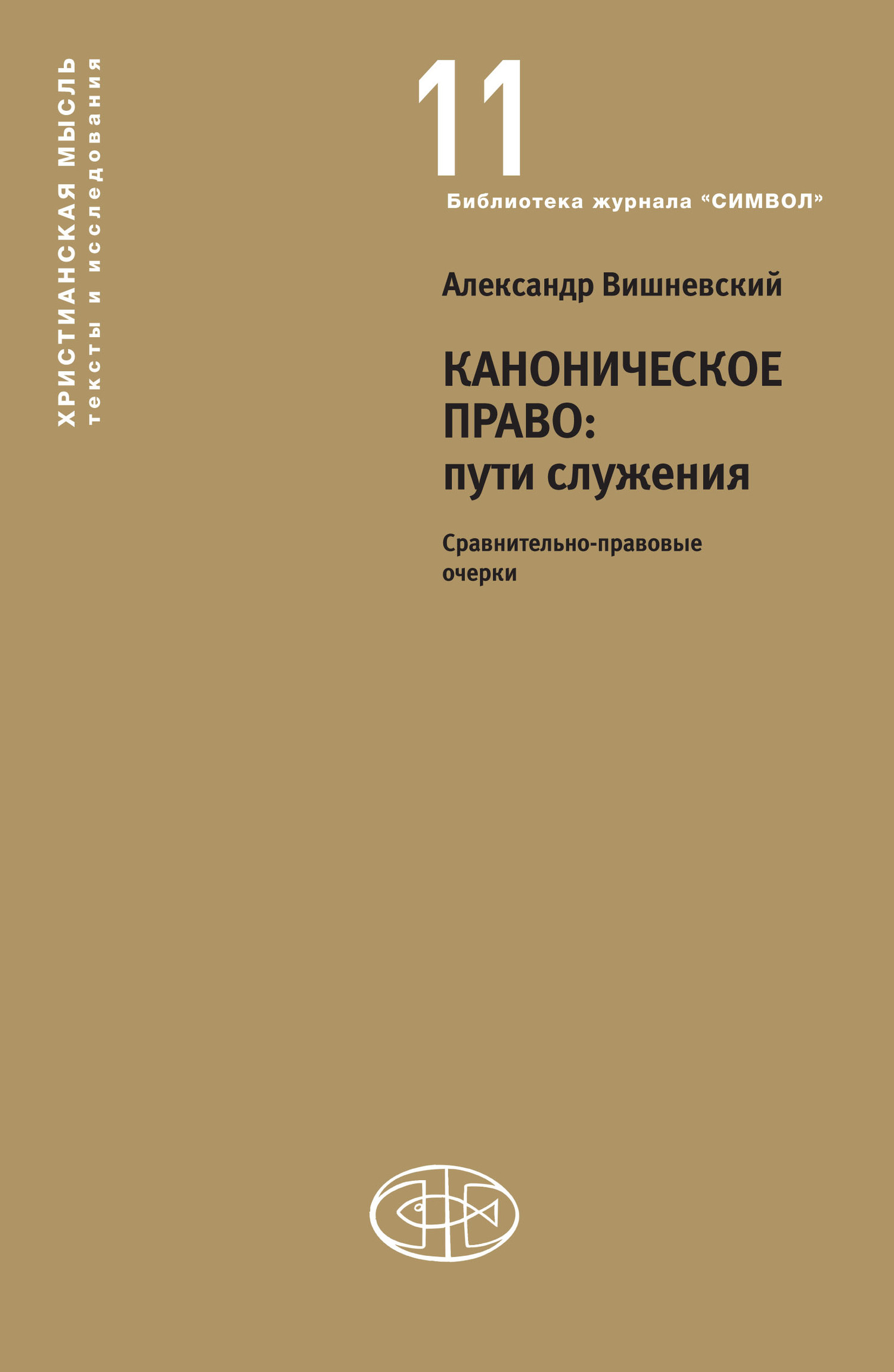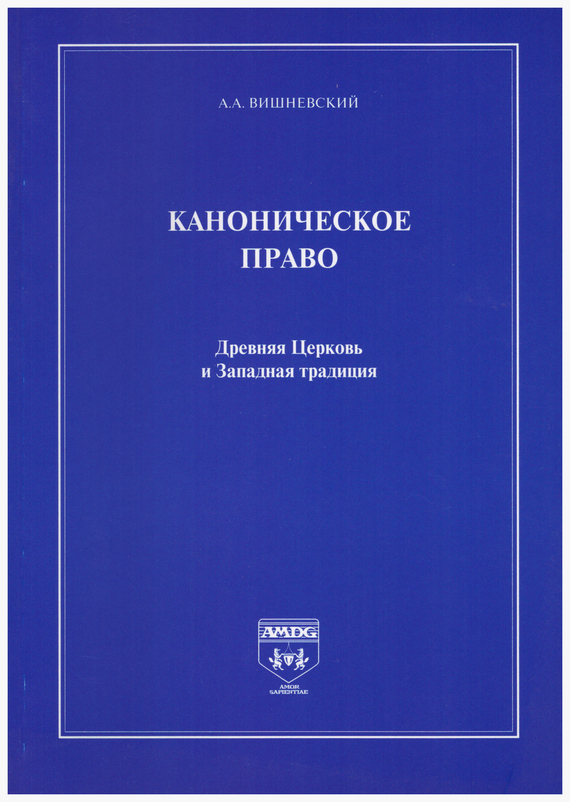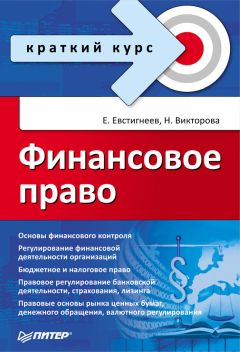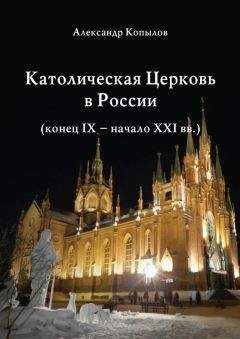discourse on the canon law of marriage, but it is presented as the most essential lay ministry in the Church.
The reason for such an approach is that oftentimes in our modern world marriage is seen as one of the basic human rights. But the core of the matter is that in the human society the human right makes sense only in so far as it is at the same time the obligation, the possibility to serve the other person and the society as a whole. Thus, this basic human right is not to marry to satisfy one’s own needs, but to make a choice: in which way the human being is going to serve the purpose of his or her life in this world.
Marriage – and thus creation of the mystical body of Jesus in the home church is viewed as one of such choices for a Christian faithful. In this sense marriage is presented as a way of the ministry of a lay Christian faithful, not as just a satisfaction of a basic human right (oftentimes understood, to tell the truth, as physiological basic right).
With this understanding the book explains the canons on marriage in the Catholic tradition – i. e. in the Code of Canon Law of the Roman Catholic Church, in the Code of Canons of the Eastern Churches, and in the Orthodox tradition presented by the canon law of the Russian Orthodox Church.
While presenting such a sensitive issue as possibility to terminate the marriage bond the book is not stressing the difference between the Catholic and Orthodox approaches to the question of divorce but explains this difference as different tools used to protect the same values in different social and psychological realities. Indeed, though on the first approach the positions of the Roman Catholic and Russian Orthodox Churches on the possibility of divorce seem completely different, the basic values of marriage as partnership of the whole life remain the same for both traditions.
Chapter two is devoted to the ministry of the clergy. The number of topics is rather traditional and includes such themes as impediments to the priesthood, the rules on formation of the clergy, the canonical status of the clergy.
This chapter also deals with the sacred orders and hierarchy of the clergy, describing the traditional three-level structure (deacons, presbyters, bishops) in a historical and modern canonical context.
The philosophy of the chapter is based on understanding the clergy as the people who selected such a way of ministry, which means complete devotion to the service of the people. The differences in legal status, discipline, and even in such an extreme (under a traditional approach) difference as celibacy versus possibility of a married clergy appears not so contradictory to each other if viewed in the light of different ways to be completely devoted to the service of the people which is, again, the main earthly feature of the priesthood from the Old Testament tradition.
Chapter three is devoted to the ministry of the monks or religious. It describes the canonical regulation of such a special ministry in a rather brief way. The two main reasons for that brevity are: (i) a broad variety of monastic traditions in the Christian West does not allow detailed description in a book of such a size, and (ii) the mystic core of the monastic life is hardly subject to a canonical regulation comparable to the regulation of, e. g., the life of the clergy.
As a result, the book deals with those aspects of the monastic (religious) ministry which by their very nature are more subject to canonical regulation, namely canonical status of the monasteries and canonical status of the monks (religious).
Oftentimes monastic traditions of the East and of the West are presented as opposing to each other in the sense that in the East monastic tradition is of mystic, contemplative nature, while in the West monasticism is of practical nature, and this is presented as a reason of the variety of monastic traditions in the West – due to the variety of the practical tasks to be solved.
Though there are serious grounds for such a conclusion, the difference is not to be overestimated for the sake of losing the sight of similarities. First, even acknowledging the contemplative nature of the Eastern monasticism it will not be correct to deny the input of the Eastern monasteries into solving practical issues in the secular world. On the other hand, the very “canonical fundament” of the monastic tradition of the West – the Charter of Benedict of Nursia has been compiled based on the monastic experience of the Eastern hermits. Besides, Western monasteries also possess such a treasure as “seclusion”, which serves to keep the silent retreat, contemplation, prayer as the only ministry. In other words, the very core of monasticism is similar in the West and in the East, the difference lays in the practical ways of serving the people by bringing the mystical treasures to the benefits of the particular society, the ways which depend on the nature of the society itself, because the spiritual treasures being created in the monasteries can be transferred to the lay world only to the extent and in the manner the world is able to accept.
Chapter four appears in the book as a recognition of the obvious truth that any Christian ministry, whether lay, clerical or monastic is not possible without the Church, and the chapter describes the canonical dimension of the three ecclesiastical traditions: Roman Catholic, Eastern Catholic and Russian Orthodox.
With regard to the Roman Catholic Church the book provides a brief explanation of the Supreme Authority of the Church and the governing structures of the particular churches; the Eastern Catholic ecclesiastical tradition is presented in accordance with the Eastern Code, thus the book describes in general the Patriarchal Churches, Major Archbishop Churches, Metropolitan Churches and other churches sui iuris; and the Russian Orthodox Church is presented in the unity of the





